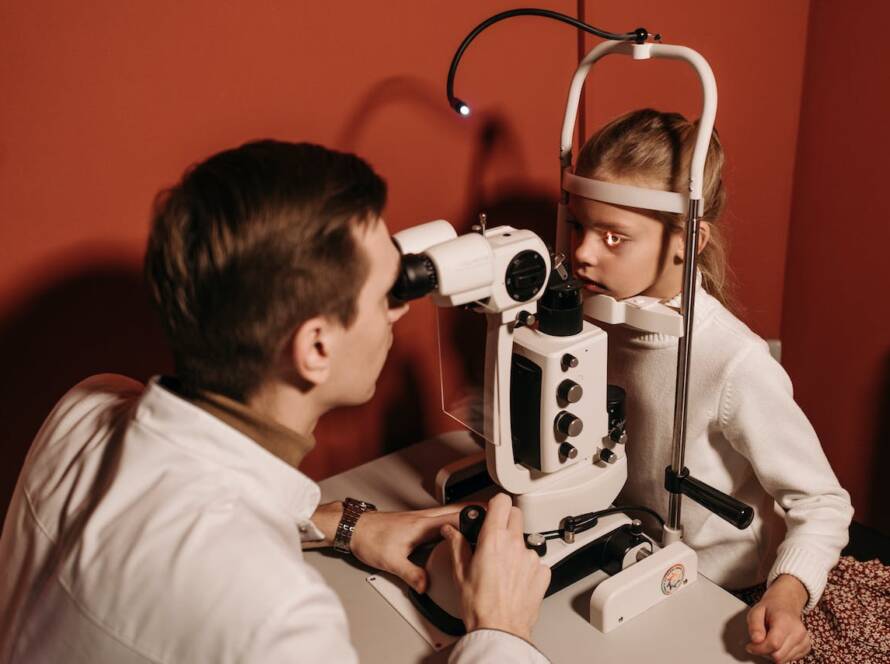The brain is composed of many different regions, each corresponding to a specific function. The brain controls many tools such as memory, motor skills, thought, vision, and various processes in our body. The brain is separated into three main parts, the cerebrum, cerebellum, and brain stem. Neurons are another key part of the function of our brain.
The brain stem oversees many involuntary functions, such as heart rate and breathing
The cerebrum can be further explored and includes many different lobes contributing to different areas. These include the frontal lobe, parietal lobe, occipital lobe, and temporal lobe. The frontal lobe controls personality, decision-making, and movement of the body. The parietal lobe includes identifying objects and relativity of the things as well as language comprehension. The occipital lobe involves vision and finally, the temporal lobe is the seat for memory storage and speech function. The cerebellum is located in the back of your brain and is involved with motor skills and coordination. Lastly, the brain stem oversees many involuntary functions, such as heart rate and breathing. Going deeper into the brain, the hippocampus, amygdala, hypothalamus, pituitary gland, and pineal gland emerge. The hippocampus is where memory function occurs, the amygdala controls emotional reactions such as the “fight or flight” response, and the hypothalamus influences body temperature, impulses for food or water, and sleep patterns using chemical signals.
The pituitary gland regulates hormones being released and the pineal gland manages circadian rhythm and sleep cycles. Another critical part of the brain are neurons. Neurons are classified as nerve cells that signal to and from the brain. Neurons have many different structures but can be grouped into three major types. These are sensory, motor, and interneurons. Sensory neurons relate to reactions to the physical environment, motor neurons involve the movement of the body, and interneurons send signals between motor and sensory neurons.
All in all, the brain is made up of different parts each related to a specific function. They carry out these functions with the help of neurons and as a whole control many of our bodies’ functions.
Bibliography
- (“Brain Basics: Know Your Brain | National Institute of Neurological Disorders and Stroke”;
- “Cerebellum: Anatomy, Function, and Disorders.” Www.medicalnewstoday.com, 12 Aug. 2022, www.medicalnewstoday.com/articles/313265#summary.
- Cleveland Clinic. “Brain: Anatomy, Development and Function.” Cleveland Clinic, 30 Mar. 2022, my.clevelandclinic.org/health/body/22638-brain.
According to WHO, the World Health Organization, four out of five deaths in children are a direct or indirect result of air pollution. Global data taken in 2015 concluded that there were 727,000 deaths in children due to environmental pollution. Elderly individuals have weaker immune systems and lung function and are therefore more susceptible to the effects of pollution. (WHO 2021)
In conclusion, the effects air pollution has on the respiratory system affect a variety of individuals and must be treated. In terms of personal solutions, reducing the amount of energy usage contributes to less pollution, and exercising indoors on high-air pollution days helps mediate the problem. On a broader scale, certain public health policies, such as the Clean Air Act, must be furthered to prevent the negative effects of air pollution. Additionally, there are many programs in cities and states that work to mitigate the pollution issue in their region.
Bibliography
- Santos, Ubiratan de Paula, Marcos Abdo Arbex, Alfésio Luis Ferreira Braga, Rafael Futoshi Mizutani, José Eduardo Delfini Cançado, Mário Terra-Filho, and José Miguel Chatkin. 2021. “Environmental Air Pollution: Respiratory Effects.” Jornal Brasileiro de Pneumologia 47 (1). https://doi.org/10.36416/1806-3756/e20200267.
- WHO. 2021. “New WHO Global Air Quality Guidelines Aim to Save Millions of Lives from Air Pollution.” Www.who.int. September 22, 2021. https://www.who.int/news/item/22-09-2021-new-who-global-air-quality-guidelines-aim-to-save-millions-of-lives-from-air-pollution.


